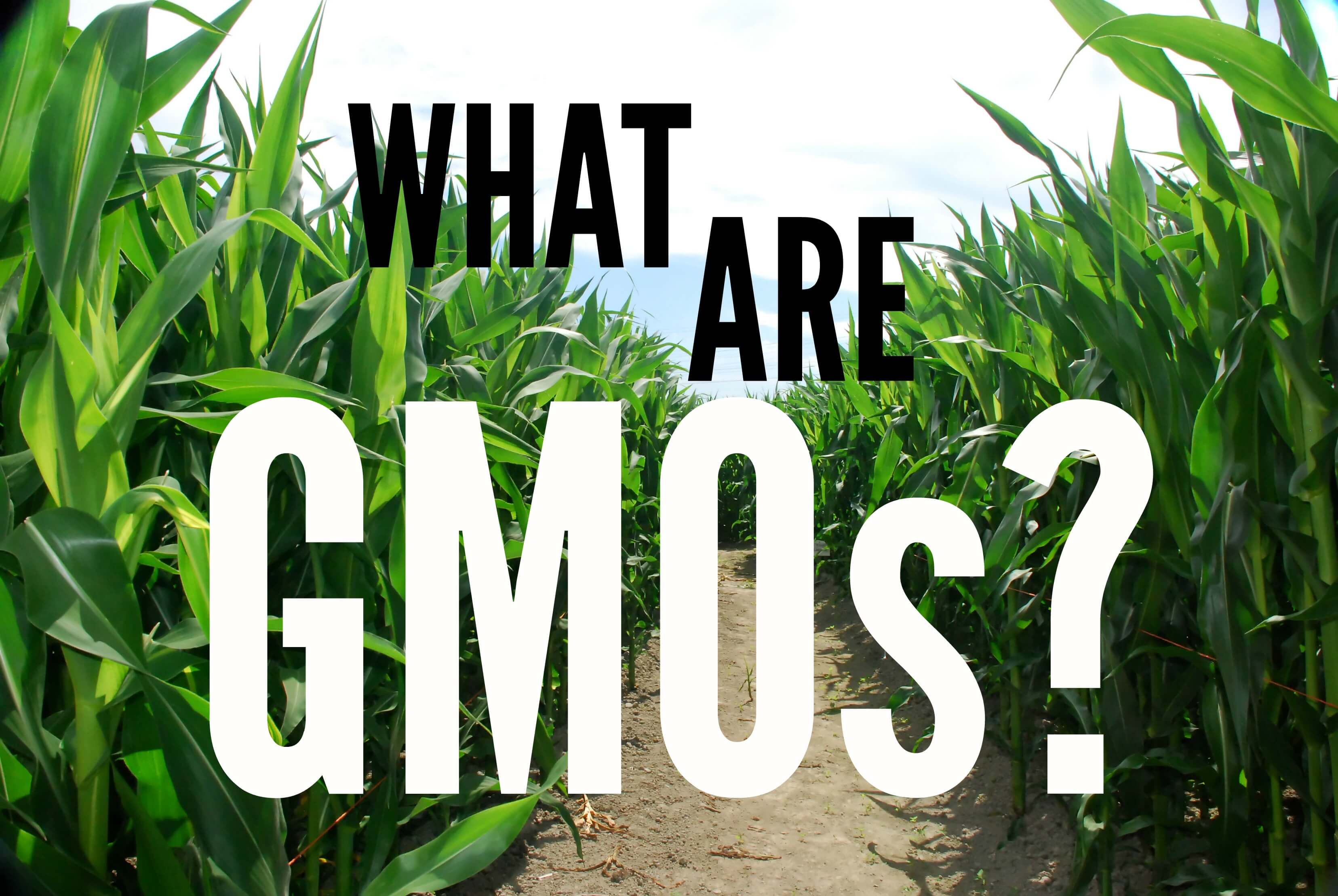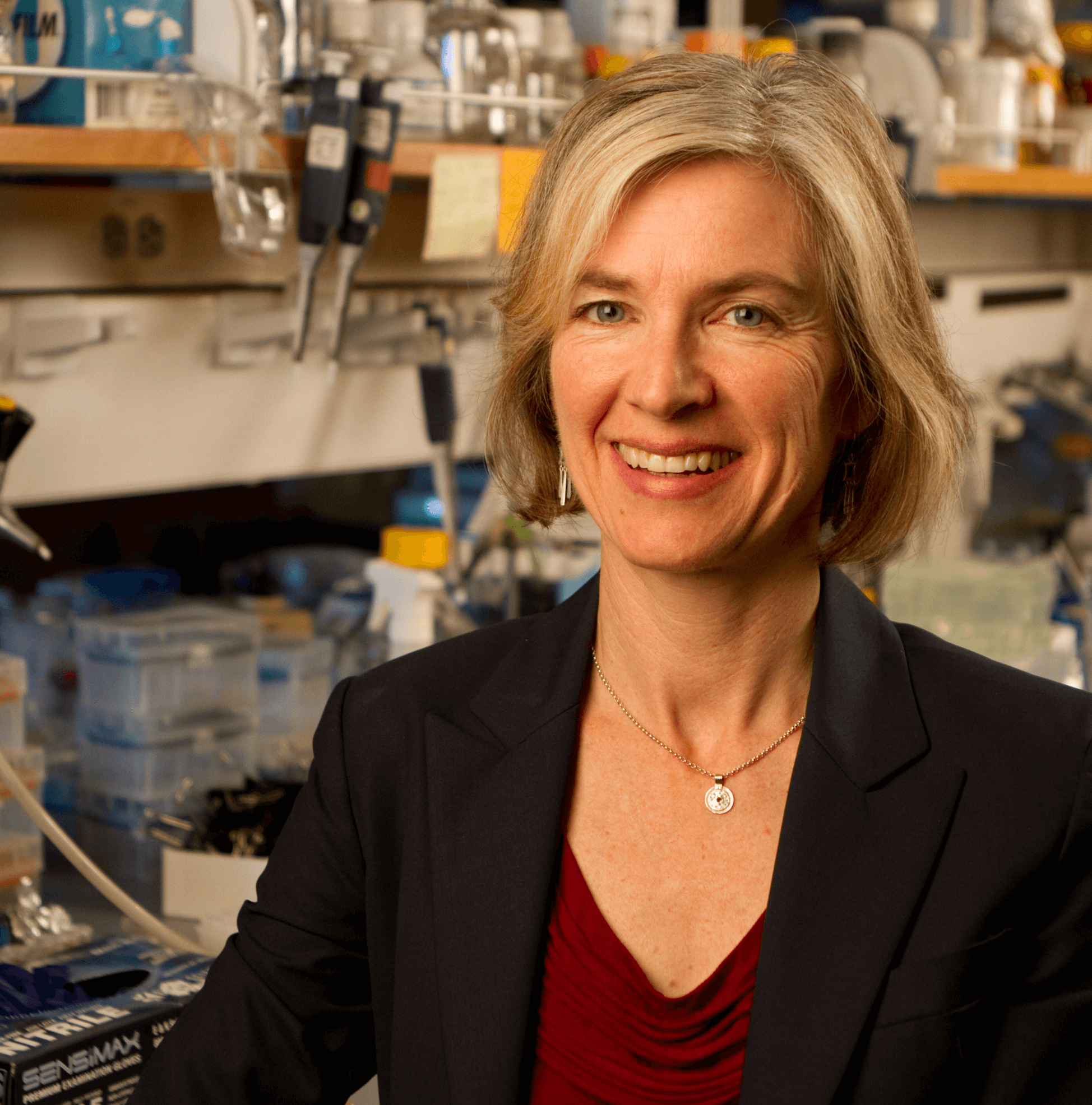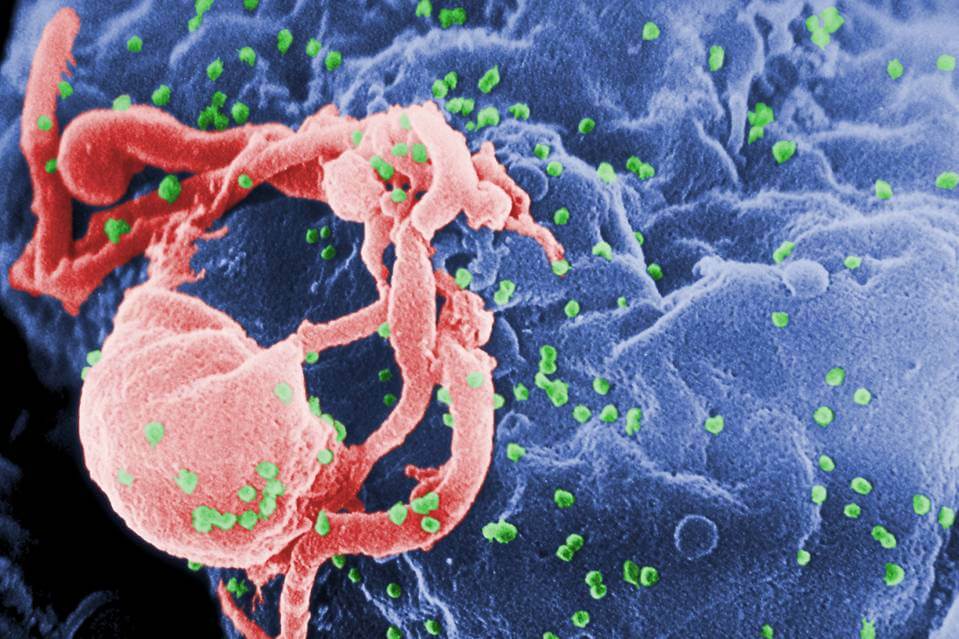The GLP aggregated and excerpted this blog/article to reflect the diversity of news, opinion and analysis.
If [Michael] Pollan’s approach were really as simple as his own words –“Eat food. Not too much. Mostly plants.” — I might be on board. But Pollan is far from a moderate. He’s an anti-GMO wingnut and a primitive food movement ideologue. In the teaser for Defense, we’re told that the “struggle over what to eat” is “one of the most urgent battles” facing the world. Really? Not hunger or malnutrition? How about demonizing biotech solutions that treat vitamin A deficiency, protect wild fish populations, reduce food waste and allow a kid with a peanut allergy to eat safely? No, apparently our most urgent battle is that we’re not making enough food from scratch. Cue lengthy scene of Pollan making bread from scratch in his home in Berkeley.
Defense is typical Pollan-fantasy fare. The film spends an inordinate amount of time discussing the many ways in which breastmilk is nature’s perfect food (barring any impediments to breastfeeding) and how a tribe in Tanzania is healthier than most westerners (so long as you don’t die in childhood). Best not to spoil a perfect fantasy with troubling facts like infant mortality. . .
For some reason, food crusaders like Pollan. . . continue to cling to the mythology of an idealized past. What’s moderate about valorizing organic produce, when we know that organic is less efficient, more expensive, not any more nutritious or pesticide-free? What’s simple about idealizing breastfeeding and food cooked entirely from scratch, particularly for mothers? Why cling to fantasies about the past without embracing the technologies that might make for a healthier future?
Read full, original post: I watched Michael Pollan’s new fantasy “In Defense of Food” so you don’t have to.










